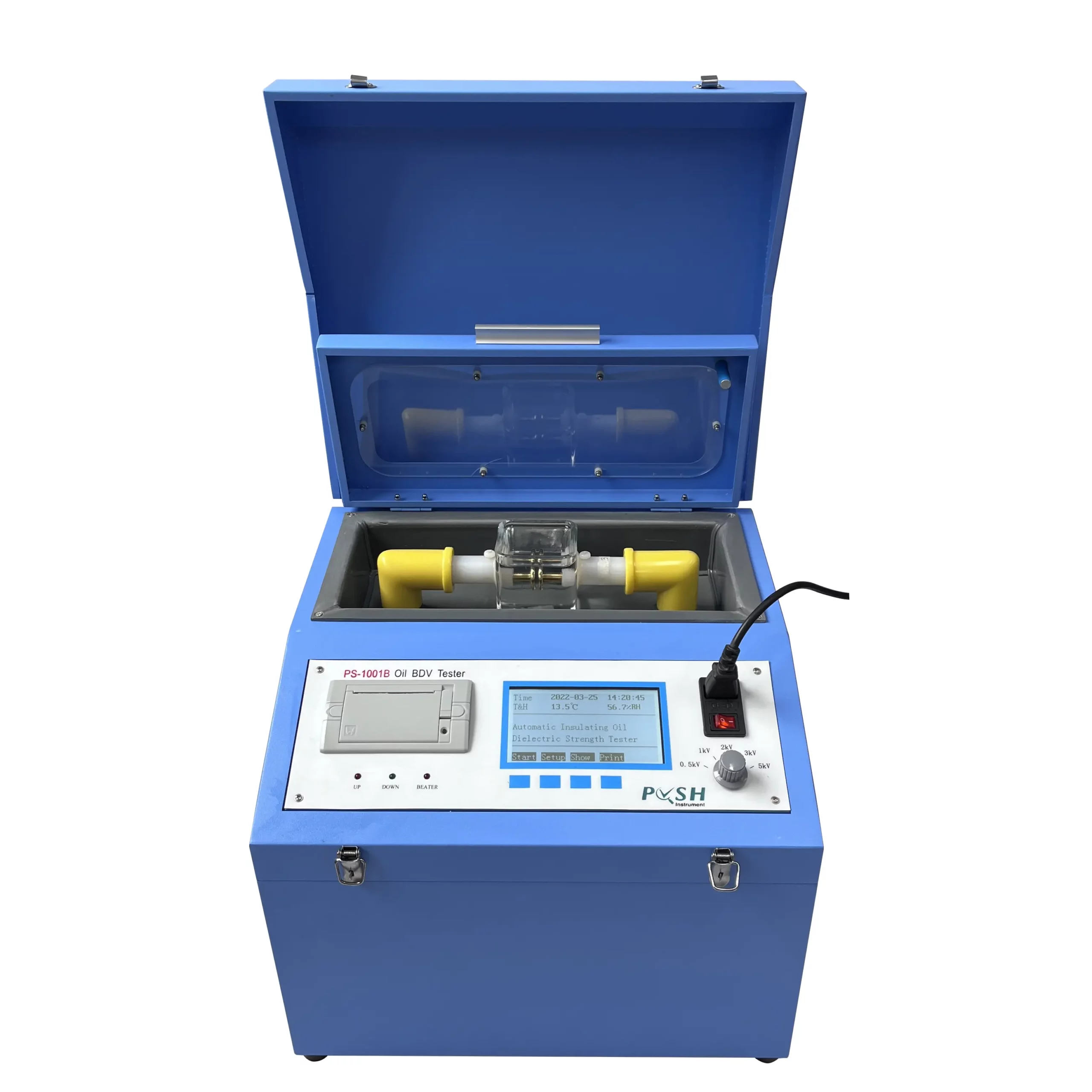Understanding Dielectric Transformer Oil: Crucial Advantages and Utilizes
Dielectric transformer oil serves as a critical component in the procedure of electrical transformers and high-voltage devices, functioning primarily as an insulating medium. As we discover the numerous advantages and uses of dielectric transformer oil, one have to think about just how its duty influences not simply equipment reliability, yet additionally more comprehensive operational considerations.
What Is Dielectric Transformer Oil?
Dielectric transformer oil is a customized shielding fluid made use of in electrical transformers and various other high-voltage electrical tools. Unlike traditional oils, dielectric oil is especially developed to possess high dielectric stamina, which allows it to stand up to substantial electric anxiety without conducting power.
Typically originated from mineral oil or synthetic resources, dielectric transformer oil fulfills rigorous sector criteria for pureness and efficiency. Its chemical make-up is very carefully designed to reduce the threat of oxidation and degradation gradually, which is important for keeping the oil's insulating residential or commercial properties.
In enhancement to its shielding features, dielectric transformer oil offers as a coolant, transferring and absorbing warm created by electric elements during operation. Overall, dielectric transformer oil is an essential part in the dependable and safe procedure of electrical infrastructure.

Key Benefits of Dielectric Oil
While dielectric transformer oil offers critical functions in electrical systems, its advantages extend beyond simple insulation and air conditioning. Among the primary advantages of dielectric oil is its high dielectric stamina, which effectively stops electric failure, ensuring the safe operation of transformers and other high-voltage devices. This home is vital in maintaining the dependability and durability of electric systems.
Furthermore, dielectric oil has superb thermal conductivity, enabling reliable warmth dissipation. This feature minimizes the risk of getting too hot, hence expanding the life expectancy of transformers and minimizing upkeep expenses. The oil's chemical stability and resistance to oxidation add to its longevity, making certain regular efficiency over time.
One more substantial advantage is its capacity to reduce arcing and corona discharge, which can damage electric parts. By supplying a steady medium for electrical energy transfer, dielectric oil boosts operational safety.

Applications of Dielectric Transformer Oil
Dielectric transformer oil plays an essential function in numerous applications within the electric sector, largely due to its unique insulating and cooling properties. Among its main uses is in power transformers, where it serves to assist in and protect interior components warmth dissipation. This is essential in keeping functional effectiveness and longevity.
Along with power transformers, dielectric oil is additionally made use of in circulation transformers, making certain reputable and risk-free power circulation. Its high dielectric stamina prevents electric discharges, consequently minimizing the risk of failings and boosting system dependability. Moreover, dielectric transformer oil is employed in activators and capacitor financial institutions, where it executes comparable functions, protecting delicate devices from electrical failure - electrical insulating oil.

Upkeep Factors To Consider
Proper upkeep of dielectric transformer oil is necessary to ensure optimum performance and long life of electrical equipment. Normal tracking of the oil's physical and chemical properties is vital to discover any deterioration that might impair the insulation and cooling down capabilities. Trick specifications to analyze include dampness material, acidity, and dielectric strength.
Regular sampling and lab analysis can determine the presence of pollutants such as liquified gases, particulates, and oxidation by-products. These evaluations help in establishing the oil's condition and whether it calls for treatment or replacement. Purification systems can be employed to eliminate particulates and moisture from the oil, recovering its insulating residential properties and extending its life expectancy.
In addition, maintaining appropriate operating temperature levels is crucial; too much warm can increase oil degradation (waste transformer oil). Implementing temperature surveillance systems can aid view publisher site in discovering getting too hot problems early
Ecological Effect and Safety And Security
In examining the environmental impact and safety of dielectric transformer oil, it is vital to think about both its make-up and possible threats. Commonly acquired from mineral or synthetic sources, dielectric oils can differ dramatically in their ecological footprint.
Security problems mostly rotate around flammability and poisoning. Dielectric oils can be flammable, demanding appropriate storage space and taking care of procedures to reduce fire hazards. Furthermore, particular additives used in transformer oils might introduce toxicological risks, highlighting the significance of selecting oils with desirable security profiles.
Regulative conformity is likewise essential (electrical insulating oil). Sticking to ecological policies and safety and security requirements ensures that the usage of dielectric transformer oils minimizes unfavorable influence on human health and wellness and the ecosystem. To conclude, comprehending the environmental ramifications and safety and security protocols linked with dielectric transformer oils is important for liable use in electrical applications
Final Thought
In recap, dielectric transformer oil acts as a critical component in improving the safety and security and efficiency of electrical transformers and high-voltage devices. Its high dielectric toughness and outstanding thermal conductivity provide vital advantages, consisting of effective insulation and cooling. The varied applications of this specialized oil, paired with ongoing maintenance and monitoring, ensure ideal efficiency and long life of electric systems. Consideration of environmental effect and security more highlights the relevance of dielectric transformer oil in modern-day electrical infrastructure.
Dielectric transformer oil serves as an essential component in the operation of electrical transformers and high-voltage tools, operating largely as a shielding tool. Dielectric transformer oil is a specific insulating fluid made use of in electric transformers and various other high-voltage electrical equipment. Unlike conventional oils, dielectric oil is specifically created to have high dielectric strength, which allows it to hold up against substantial electric tension without conducting electricity.
One of the key benefits of dielectric oil is its high dielectric stamina, which efficiently protects against electric break down, ensuring the secure procedure of transformers and other high-voltage tools.In recap, dielectric transformer oil serves as learn the facts here now a crucial component in enhancing the safety and security and effectiveness of electrical transformers and high-voltage devices.